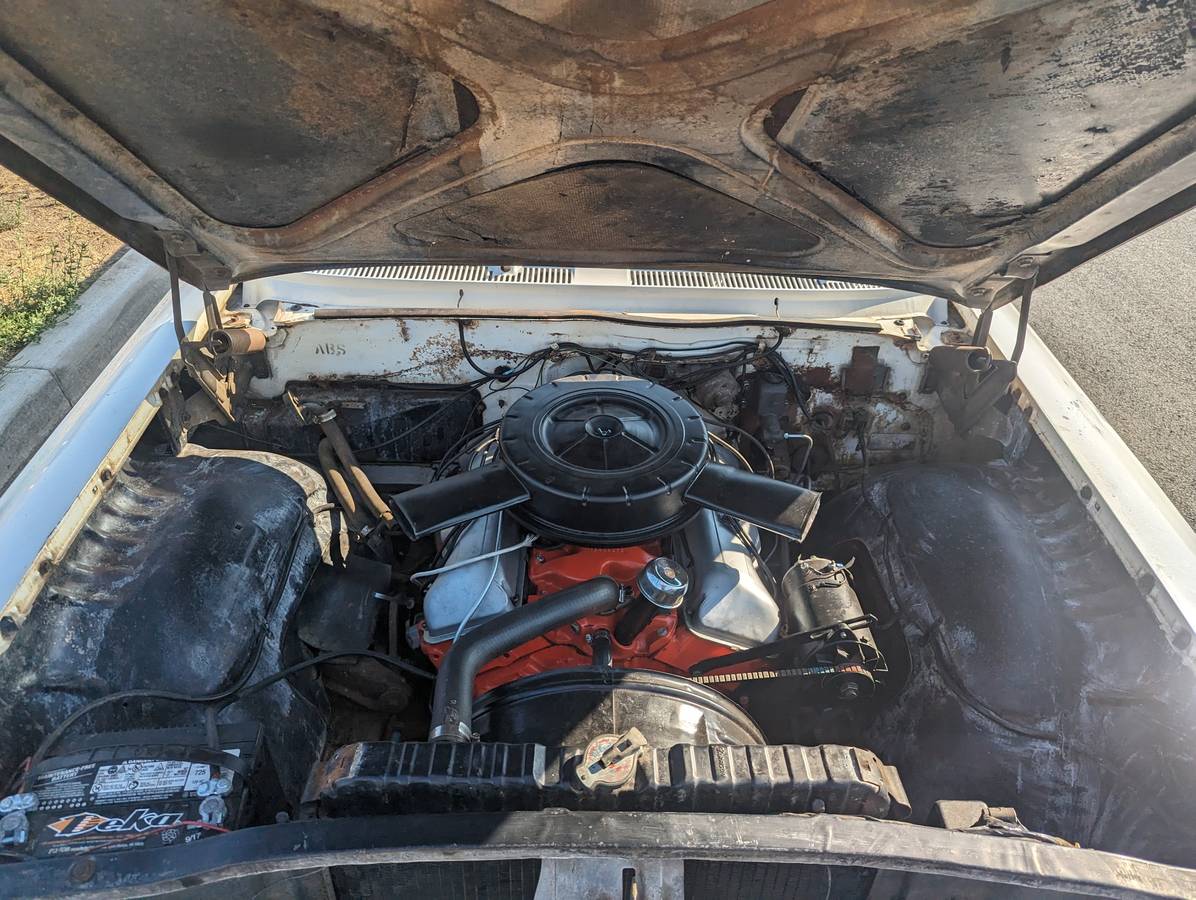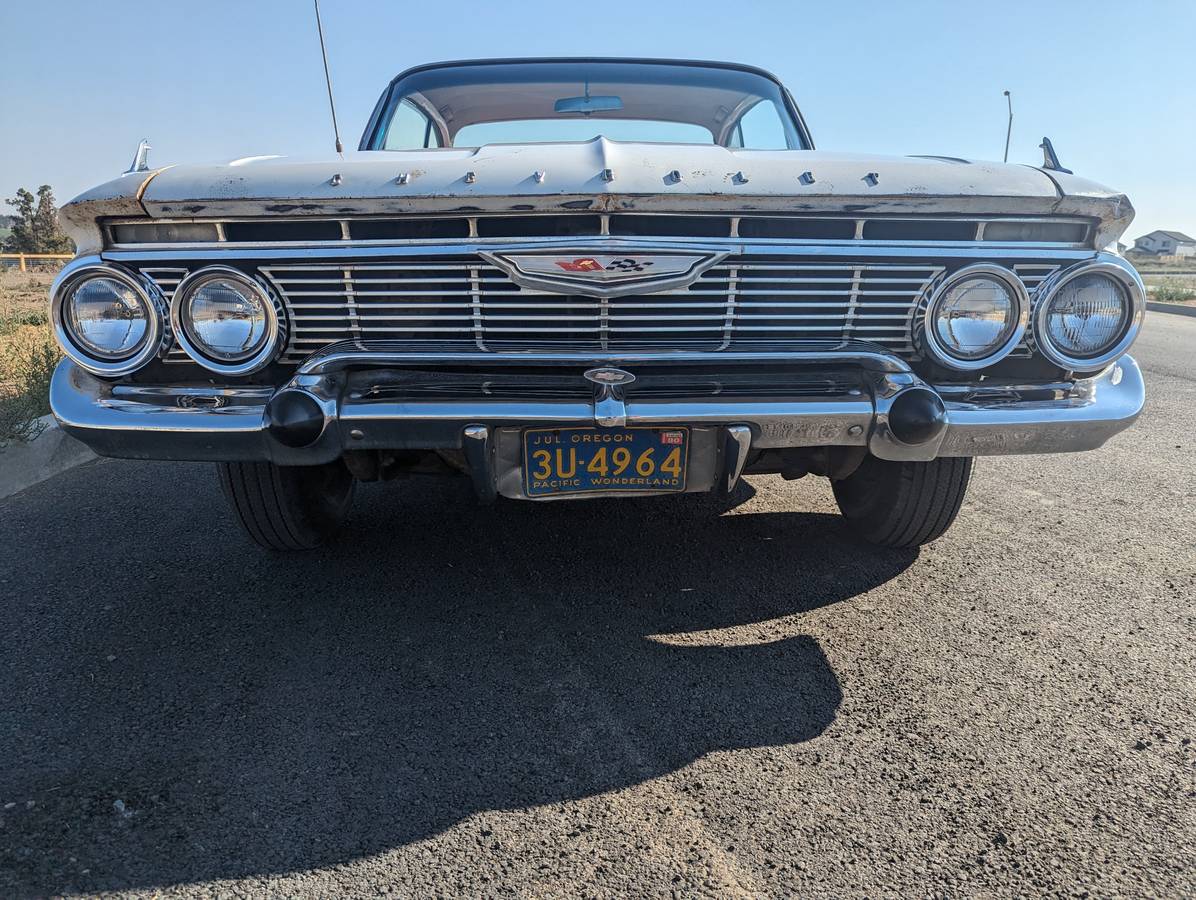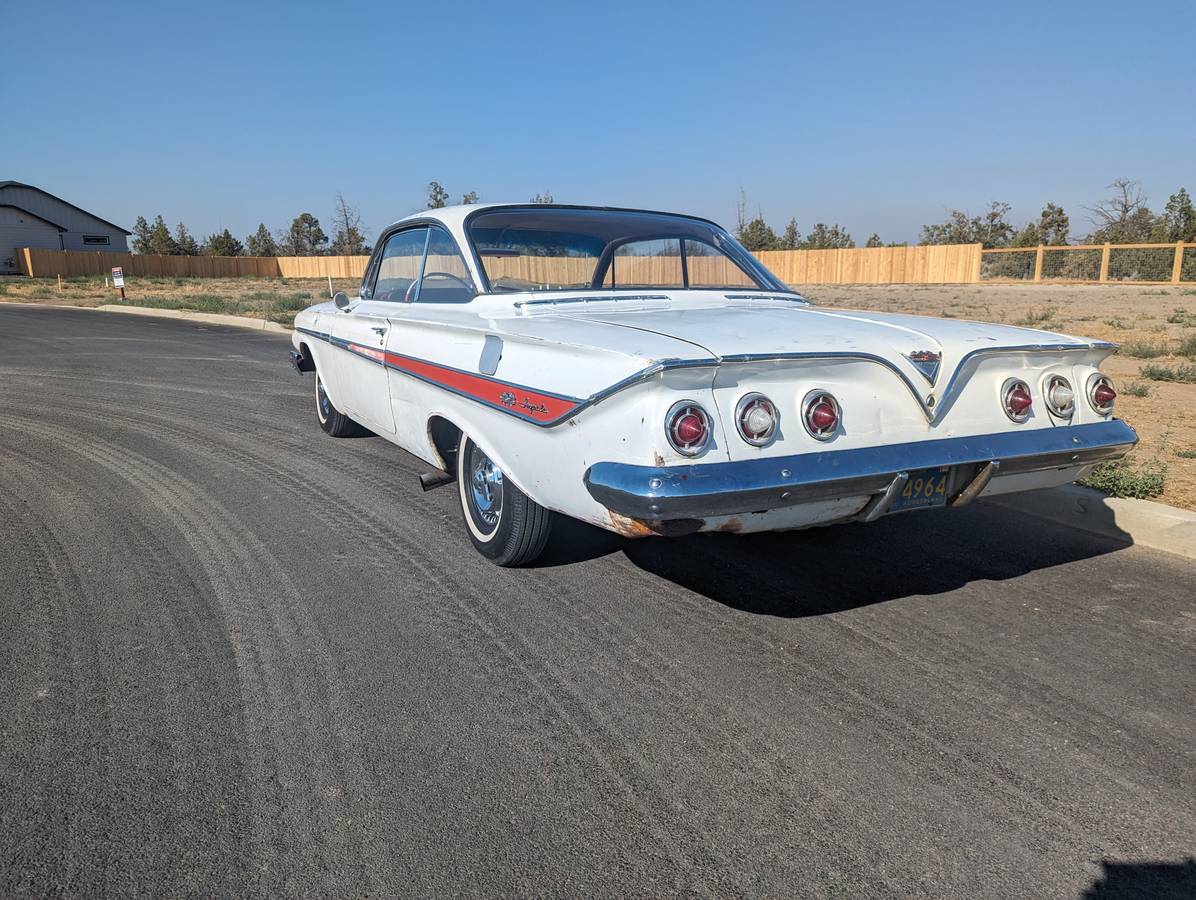The 1961 Impala stands as a cornerstone in Chevrolet’s history, introducing design and performance elements that would shape the automotive world for years to come. The model year marked the debut of the iconic bubbletop roof, a bold stylistic departure featuring a dramatically curved rear window that instantly set the Impala apart.
While this design choice remains a subject of automotive debate, there’s no denying its impact on the car’s enduring appeal. Concurrently, Chevrolet introduced the Super Sport package, a modest performance option that would evolve into a legendary performance badge.

Initially offering subtle enhancements like distinctive badging, upgraded suspension, and a tachometer, the SS package hinted at the performance potential that would later define the Impala. The pinnacle of this early performance era arrived with the optional 409 cubic-inch engine, a potent powerplant that transformed a select few 1961 Impalas into high-performance icons.
Although rare, these 409-powered Super Sports represent the genesis of Chevrolet’s muscle car legacy. The two-door Impala showcased here packs a potent 409 cubic-inch engine delivering 340 horsepower, but this muscle isn’t entirely authentic. The powerplant is a transplant from a 1963 Chevy, though the seller insists it operates smoothly.
While the car proudly displays SS badges, it’s a meticulously crafted replica built upon a standard bubbletop chassis. Nonetheless, the combination of a 409 engine and SS aesthetics is undeniably appealing and likely to attract a wide range of admirers.

The car’s condition is readily apparent, and the seller acknowledges that minor repairs would be sufficient to make it a dependable daily driver. However, most enthusiasts would probably opt for a comprehensive restoration to fully realize the Impala’s potential, even if it means parting with original components.
The car’s exterior appears solid, but a closer inspection is essential to uncover any hidden rust damage. A thorough examination of the undercarriage, ideally on a lift, is crucial to assess the condition of the floors and determine if any metalwork has been performed. This step is vital in determining the car’s structural integrity and value.

